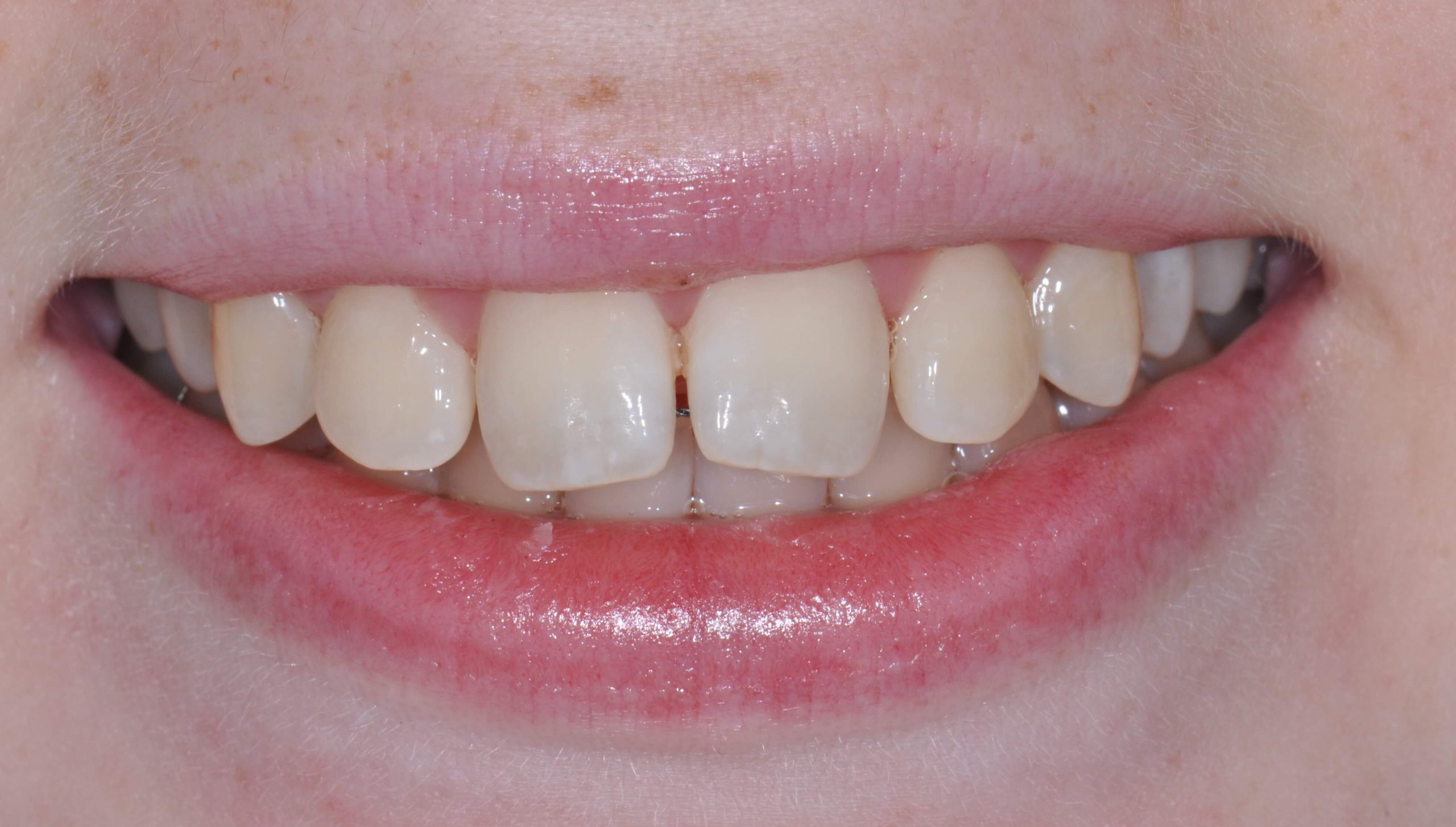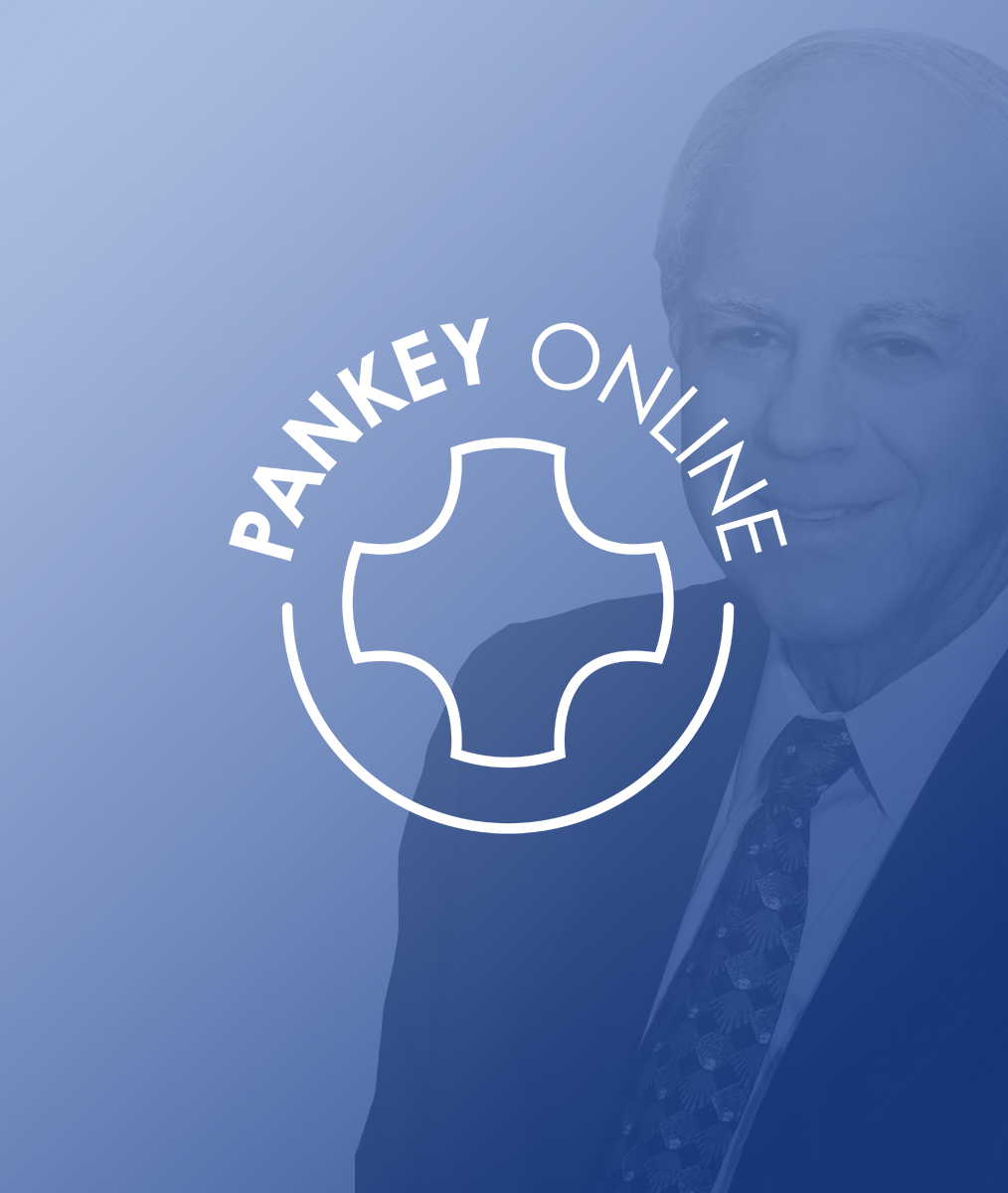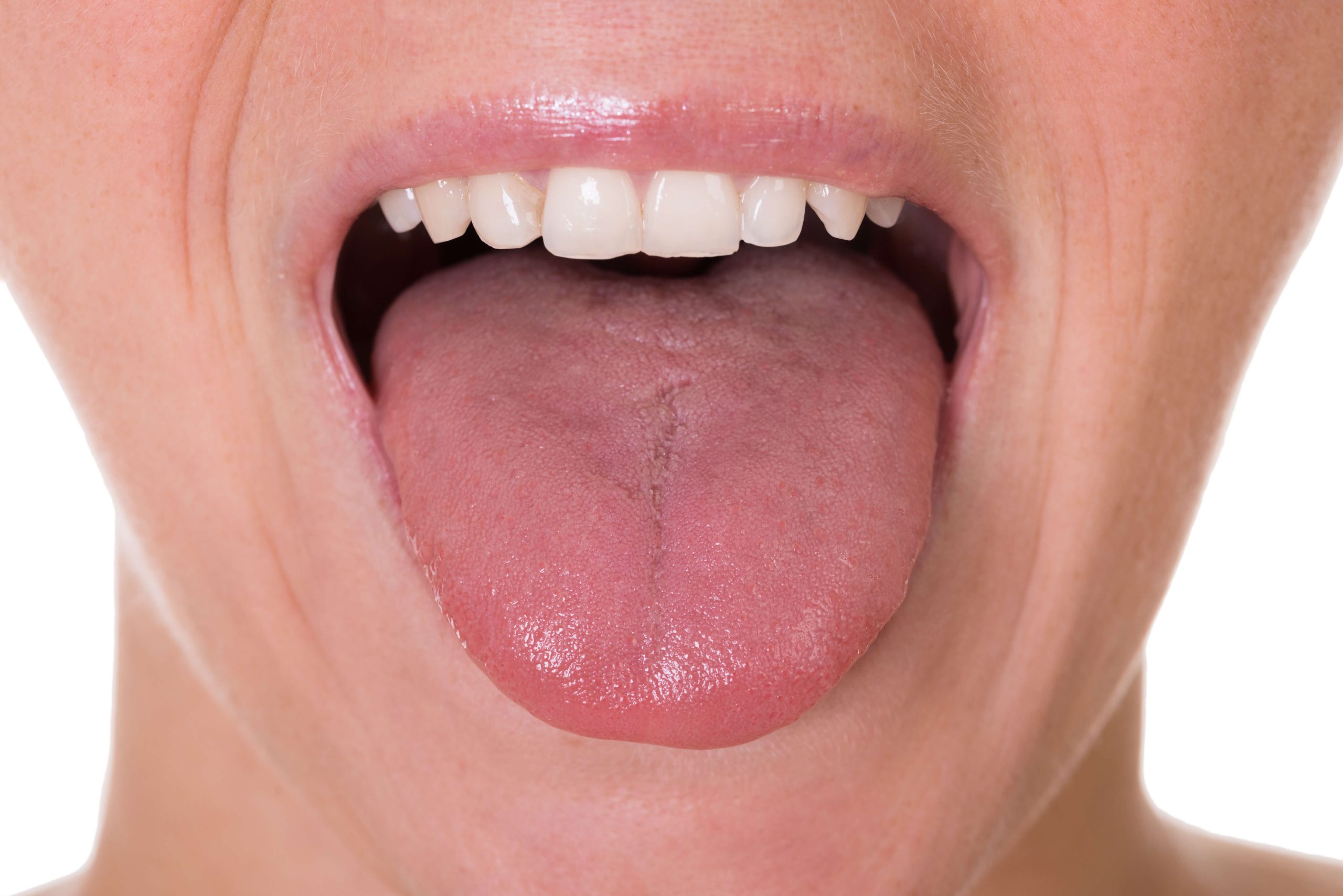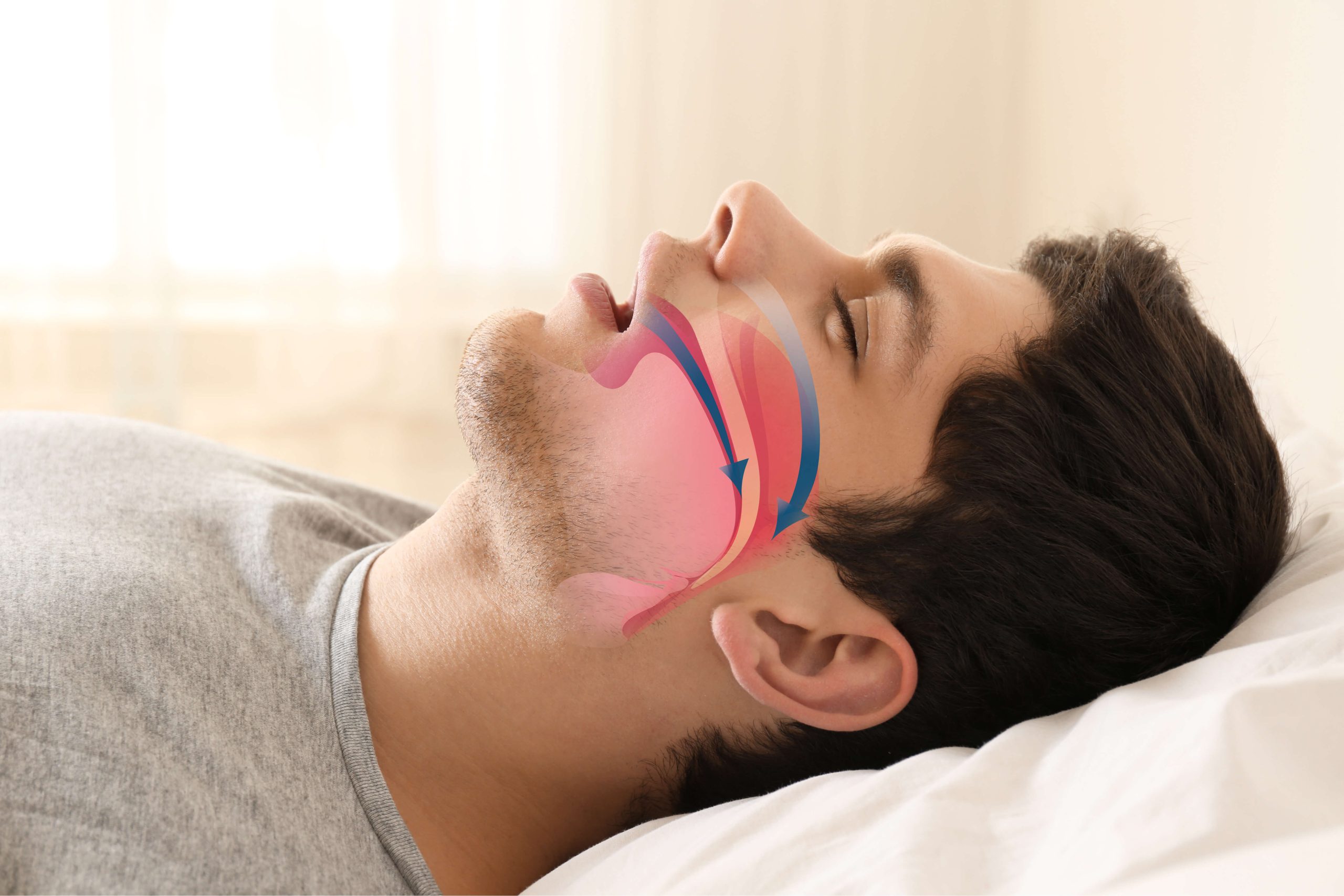Tongue Function & Health Issues: Part 2
When the tongue can’t function properly (especially the middle portion), a cascade of events can happen. This is a very important point because many assess proper tongue function by mobility alone, but this does not uncover a posterior tongue restriction.
Assessing a tongue by how far a child or adult can move it is simply not enough. The middle portion of the tongue must be addressed because it is the biggest driver in normal development.
Tongue Restriction or Dysfunction
Following the Functional Matrix theory, if there is a tongue restriction or dysfunction while in utero and the tongue cannot reach the palate, the facial muscles will be the biggest factor shaping the palate. This results in a high, vaulted palate at birth.
In infancy, a lack of function may lead to an inability to nurse properly or create a proper seal. This can be worsened by a high vaulted palate. If the palate is not stimulated, oxytocin release is limited and the facial muscles continue to be the largest influence on the shape of the palate. Symptoms of this problem can show up in both mom and baby immediately or a few days after birth. They can include:
- Swallowing too much air resulting in: gassiness, reflux, spitting up, colic, getting “full” on air, or not draining breast, which leads to frequent feedings.
- Increased effort needed to eat, so falling asleep when nursing, short nursing sessions, and poor sleeping/frequent waking.
- Excessive non-nutritive sucking/thumb sucking to stimulate palate and release oxytocin.
- Incorrect latch, which can be painful and lead to cracking/bleeding nipples or not fully draining breast, which leads to mastitis, etc.
So many times, a “simple” answer to these problems would be switching to bottles or special formula and/or reflux medications instead of addressing the real issue. This is all too often missed by the medical field. When the underlying dysfunction goes untreated because the symptoms have been pacified by those treatments, the dysfunction continues and more symptoms develop.
Related Course
Crown Lengthening: How It Will Enhance Your Restorative Results
DATE: January 24 2025 @ 2:00 pm - January 24 2025 @ 4:00 pmLocation: Online
CE HOURS: 2
Course Description: Frustrated by a cusp fractured below the gingiva, or prepping too far sub-gingivally? This lecture will illustrate solutions to these every day dental problems. In this program clinicians…
Learn More>













